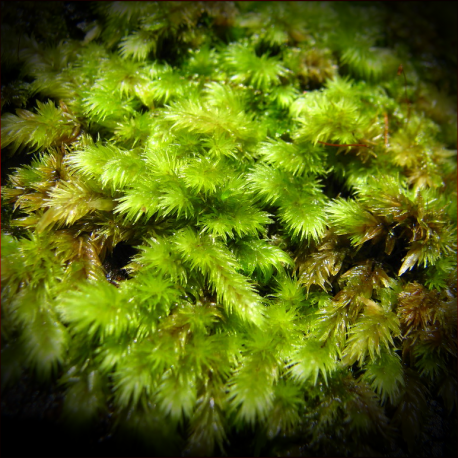More info
Datasheet
| Aquarium Compatible | yes |
| Plant Outdoor | unknown |
| Plant Emersed Growth | yes |
| Temperature Tolerance | 18°C / 64.40°F - 30°C / 86.00°F |
| Carbonate Hardness | 0-14 kh |
| pH Value | 5-8 ph |
| Light | low-high |
| Carbon Dioxide (CO2) | 0-40mg/lmg/l |
| Nitrate (NO3-) | 10-50mg/lmg/l |
| Phosphate (PO43-) | 0.1-3mg/lmg/l |
| Potassium (K+) | 5-30mg/lmg/l |
| Iron (Fe) | 0.01-0.5mg/lmg/l |
General Description
Philonotis hastata, also known as Hypnum hastatum Duby, is a small moss commonly found in moist and wet subtropical and tropical areas. It forms dense cushions or lawns of upright-growing, yellow-green or pale green moss plantlets on wet substrates or floating on stagnant waters. It reproduces vegetatively through small modified branchlets that detach from the mother plant and float on water.
Aquarium Suitability
Philonotis hastata is suitable for aquariums and is often found in botanical gardens, aquatic plant nurseries, or inadvertently introduced into aquariums. While not intentionally cultivated, it can add a natural aesthetic to open tanks or paludariums due to its delicate cushions.
Demands and Hardiness
This moss has easy care requirements, making it suitable for aquariums. It thrives in a wide range of lighting conditions, carbon dioxide levels, and pH values. It is not winter-hardy in colder climates and should not be used outdoors in such conditions. For detailed information on water conditions, refer to the table provided.
Aquascaping & Usage
Primarily used for the water surface, Philonotis hastata can contribute to aquascaping by providing a natural look to the tank with its pale green cushions. It can grow on water surfaces or on objects protruding from the water like driftwood or filter mats.
Propagation
Propagation of Philonotis hastata can be done through splitting or cutting off daughter plants. The moss reproduces and spreads by detaching small branchlets that resemble green dust particles, floating on the water and spreading further.
Habitat and Distribution
Philonotis hastata is widely distributed in tropical and subtropical regions and often discovered in greenhouses and botanical gardens. It is not native to colder climates but can adapt well to aquarium environments.

